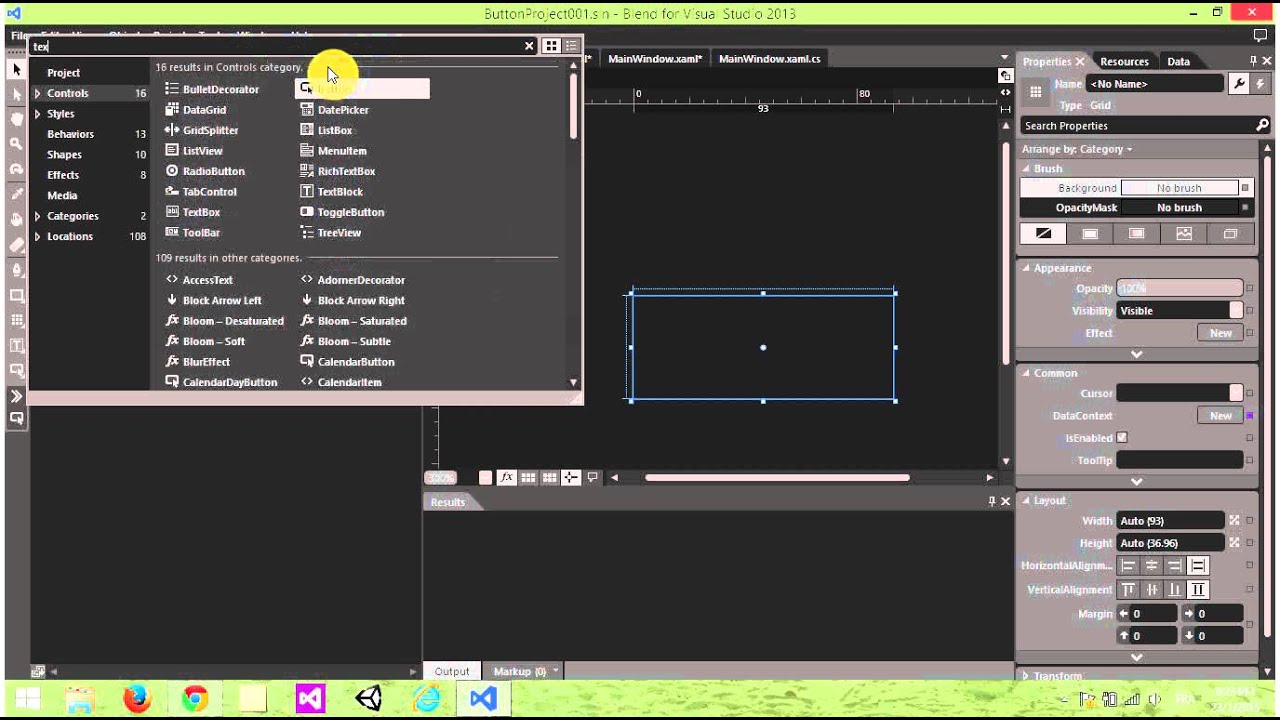

- MICROSOFT EXPRESSION WEB 4 VS MICROSOFT EXPRESSION DESIGN 4 CODE
- MICROSOFT EXPRESSION WEB 4 VS MICROSOFT EXPRESSION DESIGN 4 WINDOWS
MICROSOFT EXPRESSION WEB 4 VS MICROSOFT EXPRESSION DESIGN 4 CODE
You can work on the presentation of server side code without breaking the code behind or php. It has limited support for asp.net and for php so that Expression Web is not and never was intended to be a server side code development tool. If you are a back end developer then Visual Studio is something you should learn anyway.Īs for Bill_G, Visual Studio is and always has been a superior asp.net code development IDE than Expression Web.

If you are a front end web designer Visual Studio is a completely foreign way of working and does have a steep learning curve. So now I need to find a program with a front end development capability that rivals EW's, and a non-ASP templating technology. When Microsoft dropped EW, they apparently left much of the FP/EW crowd with no place to go. Both products may be free, but the time needed to learn them definitely isn't free. "Visual Web Developer is a tool for creating and working with ASP.NET Web applications (called simply "Web sites") in a variety of configurations." (My web host uses Apache, and I don't intend to move. I want to redesign and rebuild a web site originally created with FrontPage.)
MICROSOFT EXPRESSION WEB 4 VS MICROSOFT EXPRESSION DESIGN 4 WINDOWS
"With Visual Studio Express tools, you can build the next great app for Windows 8, Windows Phone, and the web." (But I'm not interested in apps. Because you provided the names of the tools, I could look them up online. Step 10 − To see how it looks, go to the File menu and select Preview in your browser.That's what I was afraid of. If you move the mouse to the other section, you will see that it is not editable and the mouse curser also changes to the red cross circle. Step 9 − On this page, you can edit only the main-content section. Similarly, you can add the same template to as many HTML pages as you want to the website. Step 8 − You can see that the same template is applied to the index_2.html file. Step 7 − Select the Dynamic Web Template which here is the master.dwt file and click the Open button. Step 6 − Go to the Format menu and select Dynamic Web Template → Attach Dynamic Web Template… which will open the Attach Dynamic Web Template dialog. Now go to the index_2.html file and select it in the Folder list as well. Step 5 − Once you have added all editable regions, then click Close. Repeat to add additional editable regions if you want. Step 4 − In the Region name, type a name for the editable region and then click Add. Step 3 − From the menu, select the Manage Editable Regions… which will open the Editable Regions dialog. Let’s open the master.dwt file and in the Design View or the Code View, right-click inside tags of the main content. Let’s create a new HTML file and call it index_2.html. Step 2 − Now, you will see a new file master.dwt is created in the Folder list. Select the Dynamic Web Template (*.dwt) from the Save as type dropdown and change the file name from the index to the master.dwt and click the Save button. Step 1 − Open the index.html file and select File → Save As… menu option, which will open the Save As dialog.

Let’s go step by step and learn more about it. To create a Dynamic Web Template (DWT), you start with an empty HTML page and save it as a *.dwt file. A visitor should be able to reach your home page from any page on the site.Ĭonsistent navigation throughout your site. Dynamic Web Template provides −īasic pages such as a Sitemap, Contact, About, and Search pages. The most important concept of website design is to maintain a consistent look and feel for your site and with Dynamic Web Template you can achieve it. This means that you can allow others to add and edit content, yet still preserve the layout of the pages and the template itself. In addition to providing a shared layout, you can make some regions in a template available for editing while preventing changes to other regions in that template. You can use any number of Dynamic Web Templates in a website, and you can attach a Dynamic Web Template to as many pages as you like.īy using Dynamic Web Templates, you can create HTML pages that share the same layout. When you attach a Dynamic Web Template to the pages in a website, that template defines the layout for those pages. A Dynamic Web Template is a HTML-based master copy of a web page that you can create to contain settings, formatting, and page elements such as text, graphics, page layout, styles, and regions of a webpage that can be modified.


 0 kommentar(er)
0 kommentar(er)
